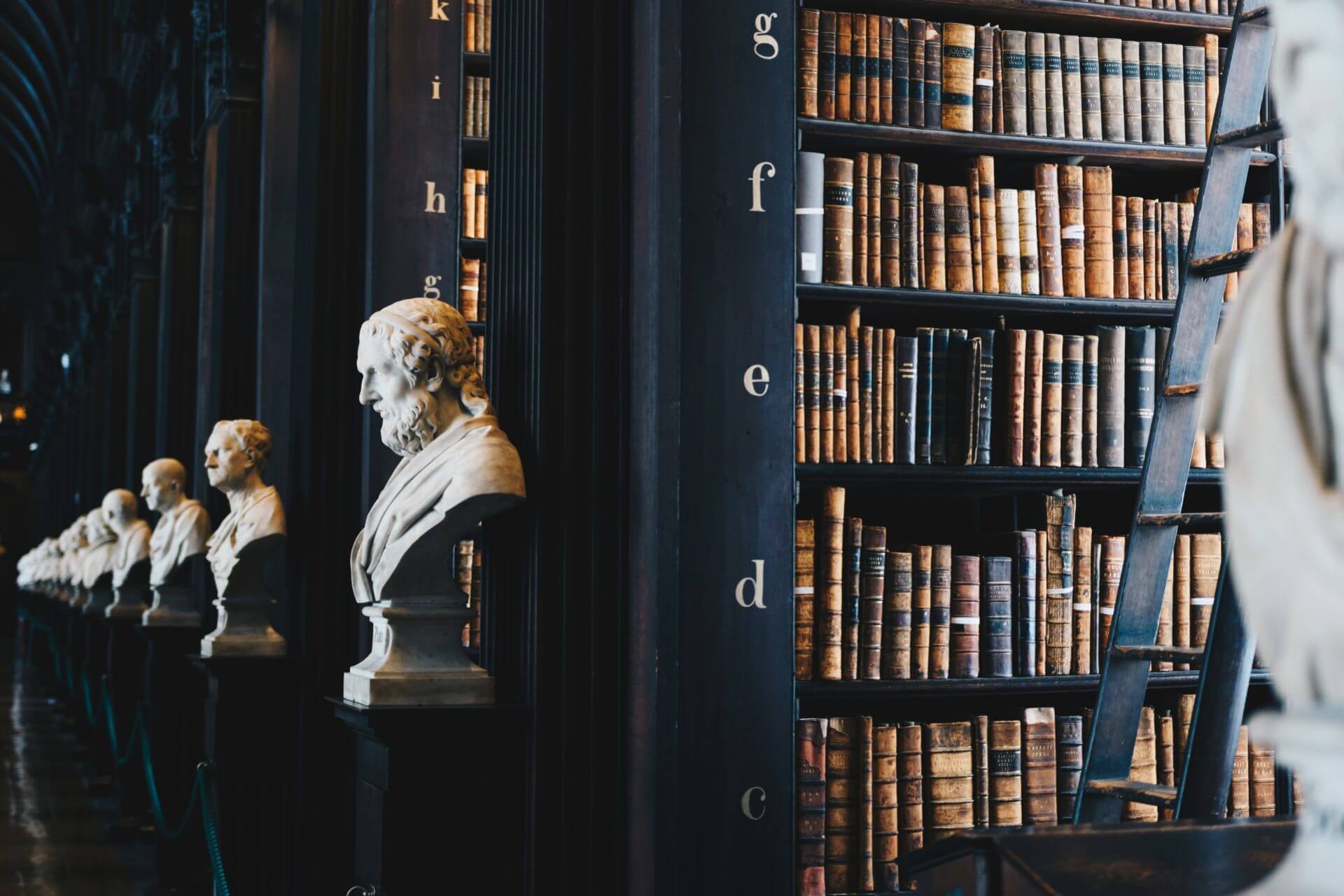It’s almost impossible to name “just” ten, most influential Poles in history. Some may say that military generals and politicians are more important than scientists or artists. Well, none of that is right, in my opinion. I believe that each generation or a specific period in Polish history has its most significant and brightest. The right way to create a list of the high Poles in history is to put ones who have influenced the history not only of their country but of the whole world. That’s why you will find on that list both scientist, politicians, military officials and artists. Let’s go!
Nicolaus Copernicus
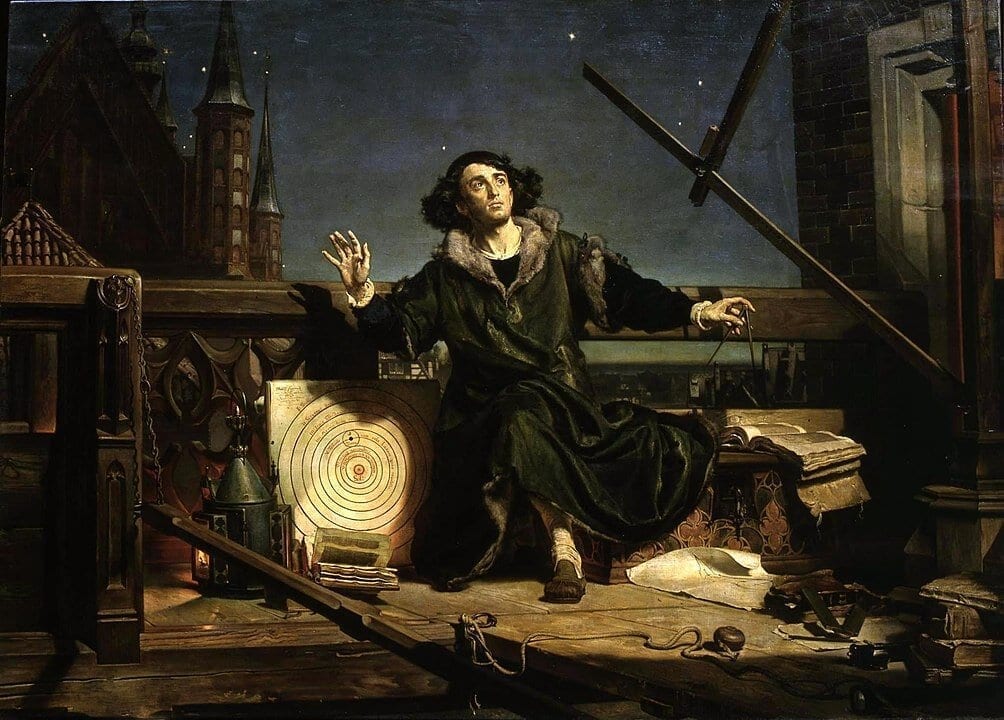
Born in 1473 in Toruń, Copernicus is the founder of modern astronomy. He became famous for his publication of the work “About the rotation of celestial bodies”, which presents in detail and in a scientifically useful form the heliocentric vision of the Universe. Although the concept of heliocentrism had already appeared in ancient Greece, it was only Copernicus’ work that made the breakthrough. He triggered one of the most important scientific revolutions since ancient times, called the “Copernican revolution”. Aside from being a genius astronomer, Copernicus was also a mathematician, physician and economist. In 1519 he formulated an economic principle that later came to be called Gresham’s law. Copernicus life is a literal definition of being a “renaissance man”.
Stanisław August Poniatowski
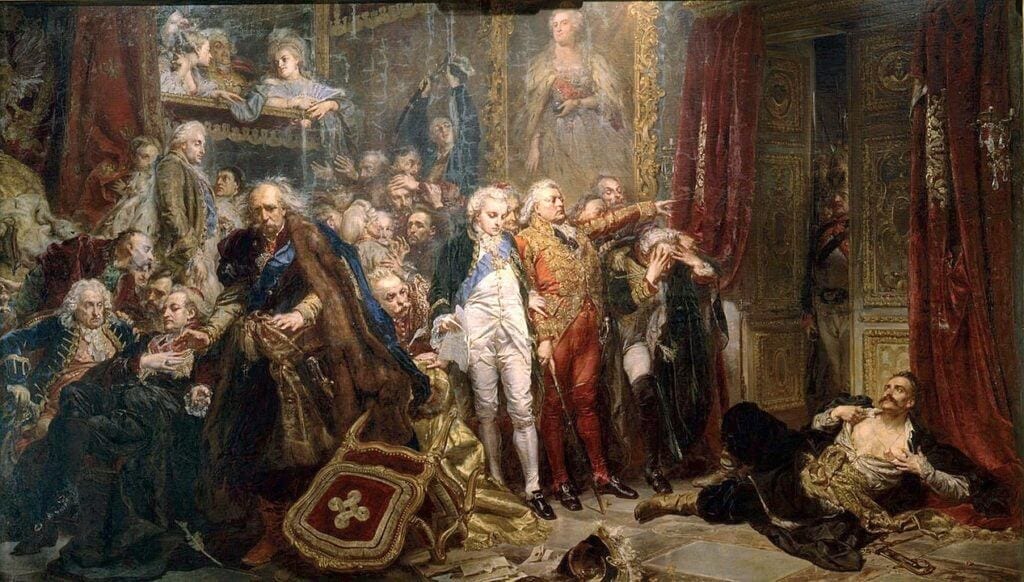
Stanisław, who came from the Poniatowski family of magnates, was crowned king of Poland in 1764 as a protégé of Tsarina Catherine II. He was a patron of art and science, a supporter of the Enlightenment thought. The result was the adoption of the Constitution on May 3, 1791, of which the king was one of the principal authors. It is commonly accepted that the constitution of 3 May was the first in Europe and the second in the world (after the American Constitution of 1787) modern, written constitution. Pretty good for the last king in the history of Poland.
Fryderyk Chopin
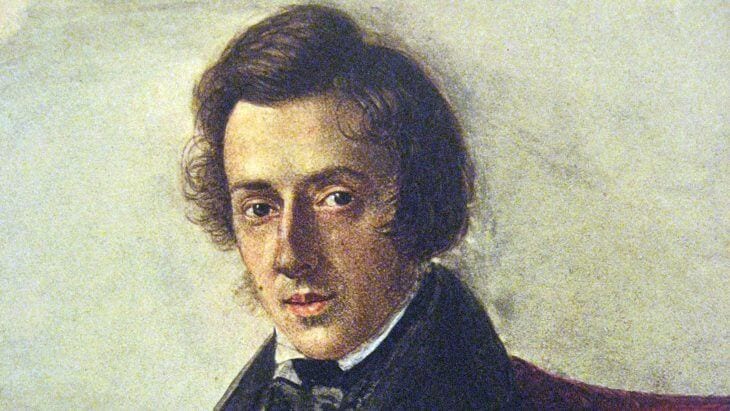
The musical genius of the 19th century spent most of his life in Paris. A composer of the Romantic era, who introduced revolutionary changes in the world of piano music. His unusually expressive style was reflected in his piano concertos and many other minor works. Chopin is considered one of the most outstanding Romantic composers and one of the most famous Polish composers in history. He was one of the most celebrated pianists of his time, often called the poet of the piano. An element characteristic of Chopin’s works is deepened expression and drawing on stylistic patterns of Polish folk music. Since 1927, the International Fryderyk Chopin Piano Competition, the world’s oldest monographic music competition, has been held in Warsaw. In turn, since 1996, the Phonographic Academy has been awarding prizes referring to the name of Chopin – “Fryderyk”. Today, they are the most famous music award in Poland and were modelled on Grammy Awards.
Adam Mickiewicz
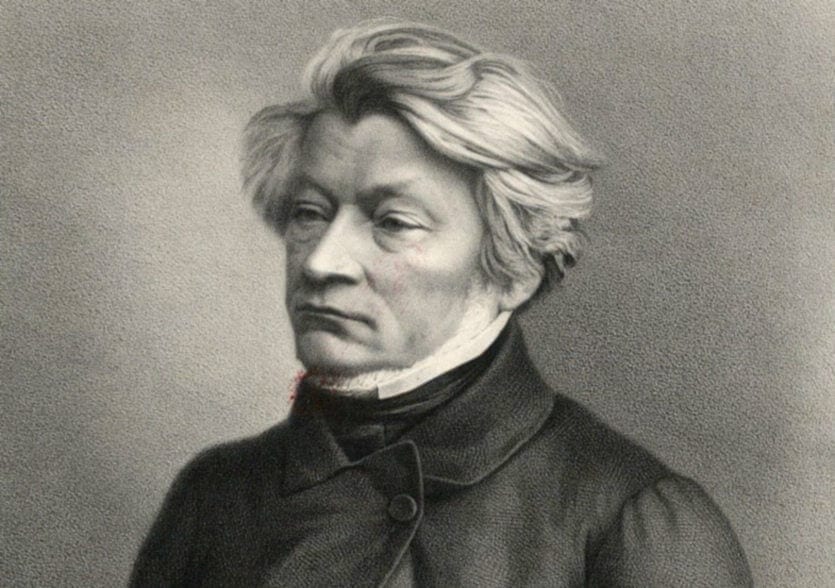
Apart from Juliusz Słowacki and Zygmunt Krasiński, he is considered to be the greatest poet of Polish Romanticism and Polish literature, and even one of the largest on a European scale. He is also described by others as a poet of transformations and a Slavic bard. The publication of his Ballads and romances by the Polish national bard in 1822 opens the Romantic era in Polish literature. The famous drama Dziady, by Mickiewicz’s messianic concept, determines a unique role for Poland – the Saviour of Nations, whose sufferings are compared to the Passion of Christ. Known primarily as the author of ballads, poetic novels, Dziady’s drama and national epic Pan Tadeusz, considered to be the last great epic of noble culture in the Polish-Lithuanian Commonwealth.
Henryk Sienkiewicz
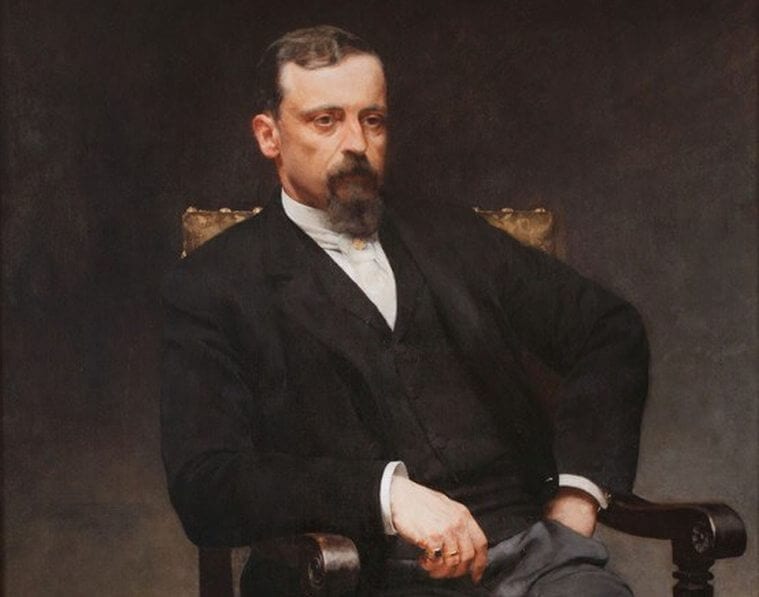
Sienkiewicz was a Polish novelist, novelist, columnist and the most famous Polish writer of the turn of the 19th and 20th centuries. His works were characterized by patriotic pride and depth, which moved millions of Poles, making Sienkiewicz a “national creator”. His most exceptional work is the historical epic Quo Vadis. The first chapters were published in Polish newspapers in 1894/95. The book edition appeared shortly afterwards and made a dizzying career throughout Europe. The book quickly became a national classic and still enjoys exceptional popularity. It has been translated into 57 languages, including Arabic and Japanese, as well as Esperanto and published in more than 70 countries. Sienkiewicz is also the first Polish Nobel Prize winner in literature (1905).
Józef Piłsudski
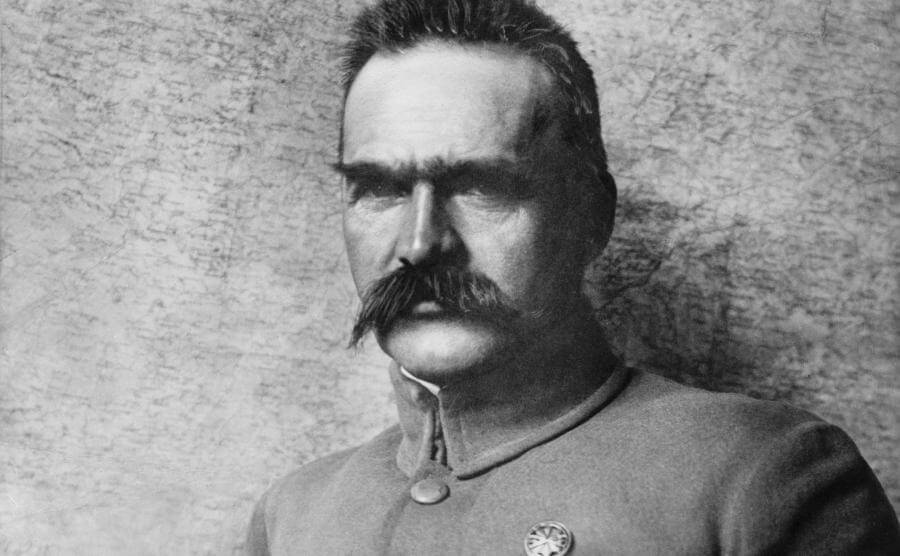
Undoubtedly the leading figure in Polish and European history of the first half of the 20th century. Polish social and independence activist, soldier, politician, statesman. At least twice, his actions influenced the fate of the whole European community. In November 1918, he was the central figure in the process of regaining independence by Poland. He was also the commander-in-chief of the Polish Army. His military and strategic genius contributed to stopping the communist expansion into Western Europe during the Polish-Bolshevik war of 1918/20. During the two decades of peace between the First and Second World Wars, Piłsudski was the head of state and the first marshal of Poland. Twice elected Prime Minister, he had a decisive influence on the shape of Poland’s internal and foreign policy. It is hard to imagine what the Europe of today would have looked like without Piłsudski’s contribution to its history.
Maria Skłodowska-Curie
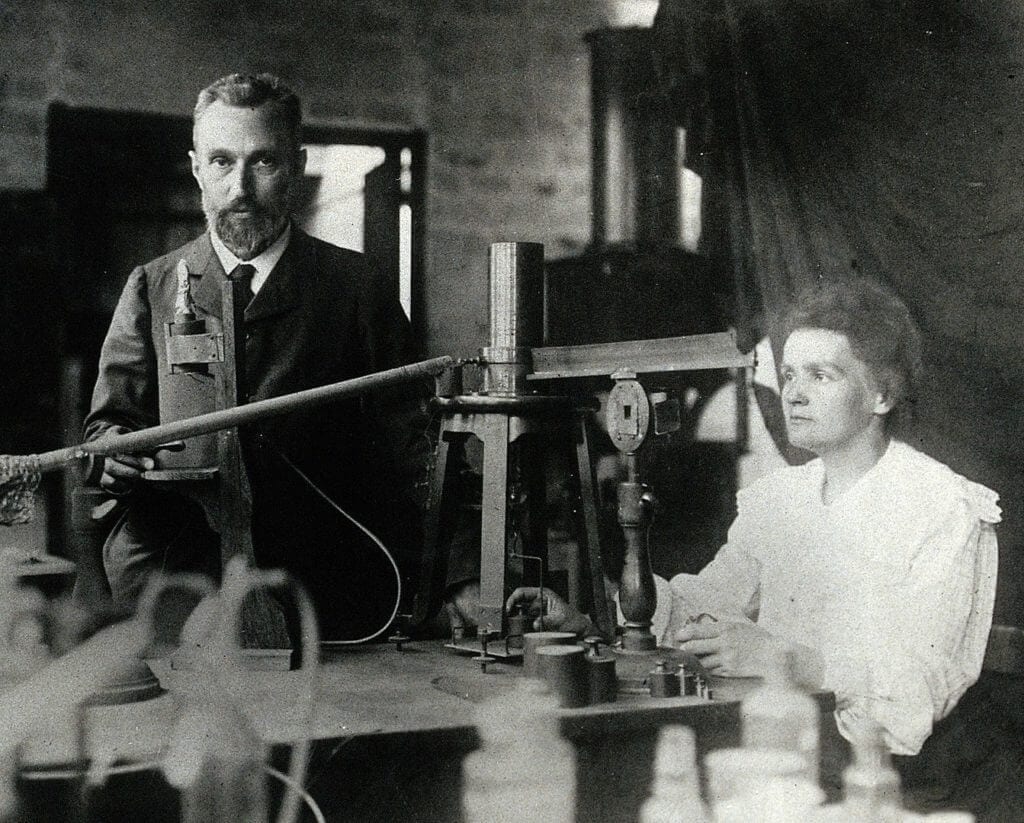
To this day, Curie is the most decorated Polish scientist in the history of the world. It started in 1891 when Skłodowska went to Paris to study at the Sorbonne. All because in the 19th-century women could not study in Poland. There she began to develop her scientific career. Skłodowska-Curie was a precursor of physics and together with her husband, Pierre Curie, co-created a new branch of chemistry – radiochemistry. For the first time, Skłodowska-Curie was awarded the Nobel Prize in physics in 1903 for her research on radioactivity. For the second time, she was awarded in 1911, from chemistry for the discovery of polonium and radium, the separation of pure radium and the study of chemical properties of radioactive elements. Skłodowska-Curie belongs to the group of only four people who have received the Nobel Prize more than once. Among them, she is one of two who have won awards in various disciplines. In these four, she is also the only woman and the only scientist honoured in two different natural sciences. Skłodowska-Curie was a woman full of passion and determination. Wholly devoted to science, she eventually died as a result of a disease caused by contact with radioactive substances. She is the first woman to rest in the Paris Pantheon in recognition of her scientific merits.
John Paul II
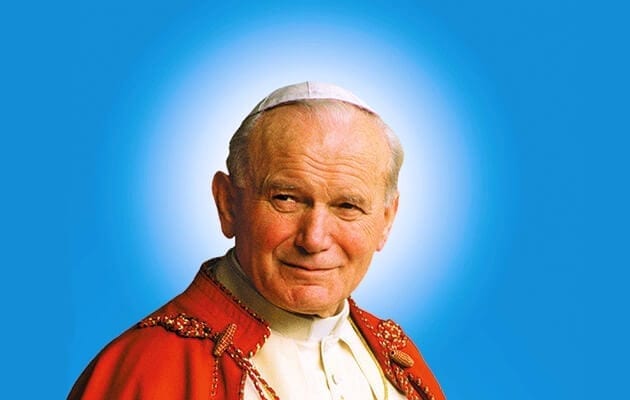
The most recognized Polish clergyman in the world was born in 1920 as Karol Józef Wojtyła. His election as head of the Catholic Church in 1978 had a particular impact on the events in Eastern Europe and Asia in the 1980s and 1990s, particularly on the democratic changes in Poland and other Eastern Bloc countries. The main goal of his papacy John Paul II set himself the transformation and evolution of the position of the Catholic Church. The period of his pontificate is characterized by numerous reforms within the Vatican. He also devoted much attention to dialogue with representatives of Jews, Muslims and other denominations. During his pontificate he made many foreign pilgrimages, visiting as many as 129 countries. His visits always attracted thousands of believers. John Paul II was the first non-Italian pope in 445 years and the second longest-serving pope in modern history.
Wisława Szymborska
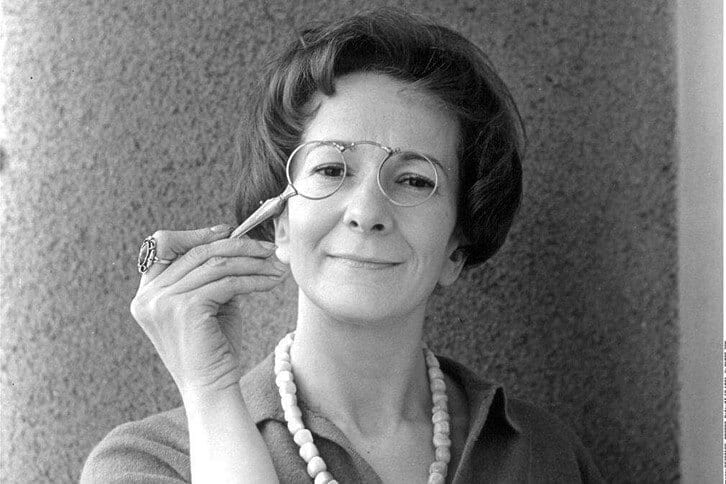
Polish poet, essayist, critic, translator, columnist. One of the few women – at that time the only Polish woman – who won the Nobel Prize for Literature in 1996. Apart from her poetic activity, Szymborska has a rich collection of publications. In the years 1953-1966 she was the head of the poetry department of the weekly “Życie Literackie”, then in the years 1967-1981 she published her columns there. From 1988 she was a member of the PEN Club, from 2001 she was an honorary member of the American Academy of Arts and Literature. She is one of the most frequently translated Polish authors. Her books have been translated into 42 languages. Szymborska’s later works, filled with pessimistic reflection on the future fate of Man, are particularly noteworthy; they are presented in a deceptively everyday and powerfully ironic form.
Lech Wałęsa
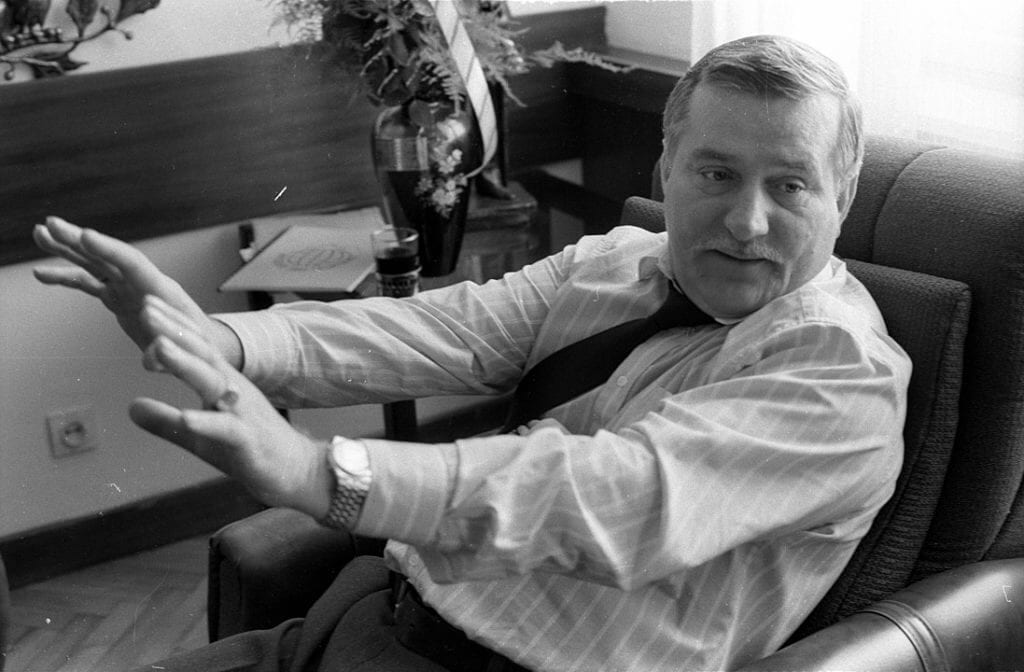
Walesa’s life is a story ready for a movie. An electrician from Gdańsk with a characteristic moustache, co-founder of the first free trade union “Solidarity”. He played an essential role in the transformation of Poland’s political system and its transition from the model of the so-called Eastern bloc to a liberal and free-market state. In the 1990 elections, Lech Wałęsa became the first non-communist president of post-war Poland. His role in bringing about the disintegration of post-war order in Europe and the end of the Cold War puts him alongside the figures of John Paul II and Mikhail Gorbachev. The “Time” weekly magazine recognized him as the Man of the Year 1981 and one of the 100 most influential people of the century (1999). For his work, he received several state awards, including the American Presidential Medal of Freedom, the British Grand Cross of the Order of the Bath and the French Grand Cross of the Order of the Legion of Honour. He received honorary doctorates from several universities.

